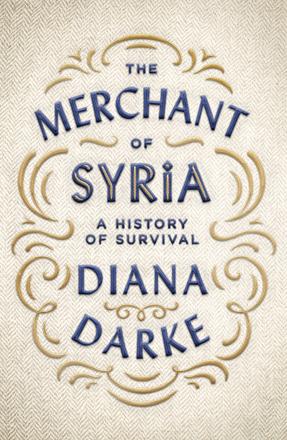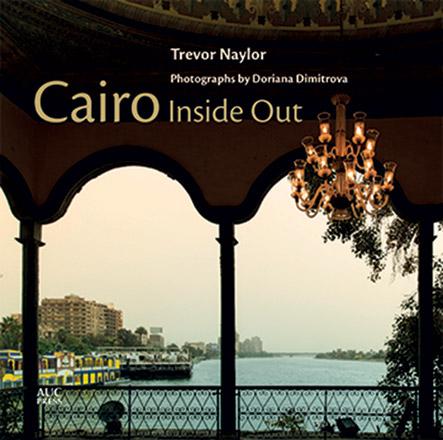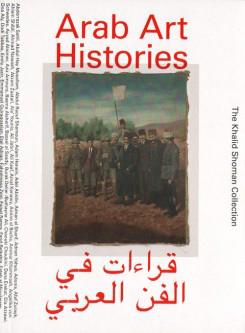You are here
Stubbornly retaining its charms
By Sally Bland - Feb 07,2016 - Last updated at Feb 07,2016

A Beirut Anthology: Travel Writing through the Centuries
Edited by T. J. Gorton
Cairo/New York: The American University in Cairo Press, 2015
Pp. 158
Mostly, one thinks of Beirut as ultra-modern, but writer, translator and photographer T. J. Gorton adopts a historical perspective by selecting passages from travel writing about the city that stretch back 2,000 years. Short texts by 30 different observers reflect the constants as well as the changes that have characterised Beirut from Roman, Crusader and Ottoman times, and the first half of the 20th century.
Most of the selections are written by Europeans — scholars, priests, poets, novelists and diplomats; a few by Americans, and one each by a Persian and an Egyptian. They include famous names — T. E. Lawrence, Gertrude Bell, Mark Twain, Gustave Flaubert and Lamartine, but their accounts are not necessarily the most interesting.
While ancient texts refer to Beirut as a centre for legal scholarship and learning, later ones highlight its devotion to commerce. Then again, in the late 19th century, there are references to intellectual pursuits. By that time, Beirut had 13 printing houses, as well as twelve Arabic newspapers, while importance was placed on education for girls as well as boys; and the Syrian Protestant College (now AUB) had opened.
A constant in virtually all the selections is praise for the city’s natural setting. As described by Karl Baedeker in 1876, “The entrance to the bay of Beirut is magnificent… The town, beautifully situated on a slight eminence, occupies a considerable part of the S. side of this bay. Beyond the narrow plain of the coast the mountains rise rapidly, and beyond them rises the broad, snow-clad Jebel Sannin. They are furrowed by several deep ravines, but are cultivated to a considerable height. The rose tint of the mountains contrasting with the deep blue of the sea presents a most picturesque scene by evening light.” (p. 40)
There are many more elegant, even flowery tributes.
Many of the writers also admire the beautiful pine grove purportedly planted by Druze Emir Fakhr Al Din in the 17th century, but which several claim is much older. Others exclaim over the luxuriant vegetation on the hills — olive, fig, palm, orange, pomegranate and carob trees, not to mention the mulberries so integral to the silk industry of that time.
However, opinions of the city itself vary widely. In 1697, Henry Maundrell wrote rather harshly, “But besides these advantages of its situation, it has at present nothing else to boast of.” (p. 21)
While admiring the monuments, castles on the rocks, and gracious villas, many travellers complain about the city, especially that the streets are narrow, dirty or non-existent — a situation that seems to have prevailed up through the late 1800s. On the other hand, women’s extravagant, silk costumes elicited compliments from many of the visitors, as did children. Gerard de Nerval wrote in 1851, “I have never seen such handsome children as those who were running about and playing in the most beautiful avenue in the bazaar.” (p. 105)
The bathhouses were also highly recommended.
Of course, times change. As Gorton observes, “fifty years of untrammelled development, chaotic construction and a brutal civil war have largely blighted a location of what was uniquely stunning natural beauty. And which, despite it all, stubbornly retains its charm and somehow both captivates and repels the new arrival”. (p. 2)
Even to the early travellers, the paradoxes and proclivities contributing to conflict were apparent as when Gabriel Charmes wrote in 1878, “Despite its modern disguise, Beirut has remained a city of the Middle Ages,” referring to the fact that so much of life, from schools to politics, was organised according to religious sects, each having an external backer who in turn defined their identity. “Even children among themselves speak of being French, English, Russian, or Turkish, depending on whether they are Catholic [Maronite], Druze or Muslim.” (pp. 54-5)
The only exceptions were the less numerous Greek Catholics and disenfranchised Shia. This impression is interesting to compare to that of Laurent d’Arvieux, writing two centuries earlier, that “all the citizens of Beirut, no matter what their religion, live harmoniously together”. (p. 85)
It must also be said that some visitors were no better in terms of tolerance. Frenchman Maurice Barres, writing in 1914, concluded his review of Catholic institutions as follows: “That is to say, everywhere one is safe from the enemy, the American Protestants…” (p. 128)
The enjoyment of reading this book is enhanced by its exquisite, rather classical format, befitting its subject matter.
Related Articles
The Merchant of Syria: A History of SurvivalDiana DarkeLondon: Hurst & Company, 2018Pp.
Cairo Inside OutTrevor NaylorPhotos by Doriana DimitrovaCairo-New York: The American University in Cairo Press, 2016Pp.
Like both Darat Al Funun and the Khalid Shoman Collection which it covers, this book is firmly grounded in Amman, but at the same time indicative of a regional cultural network with international outreach.



















